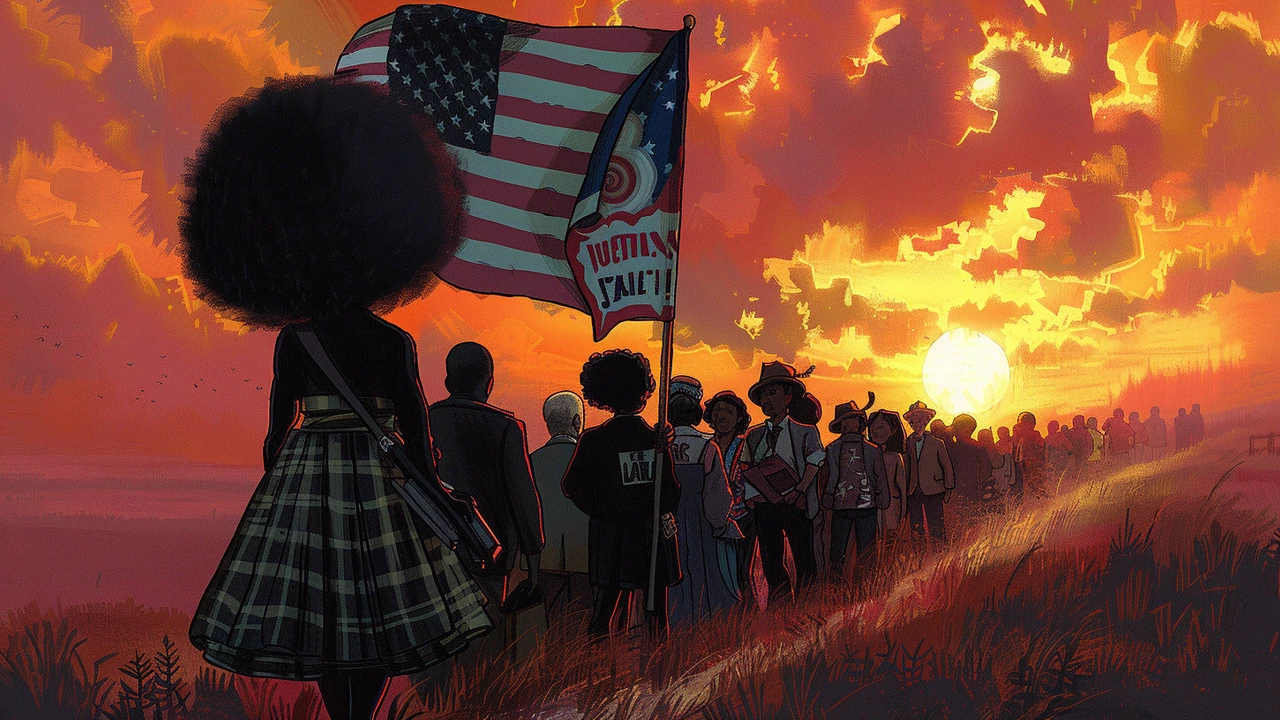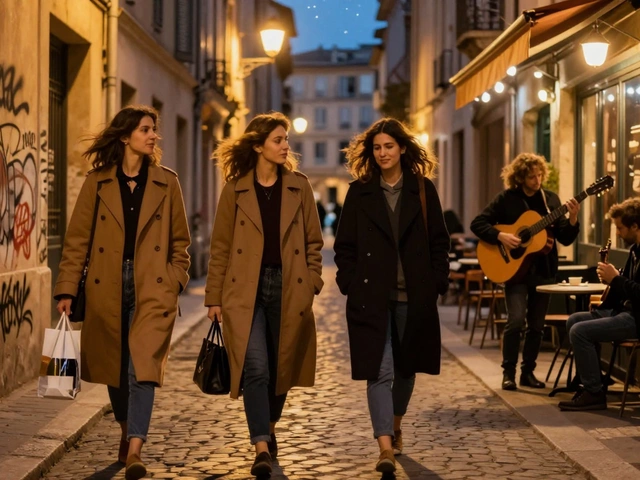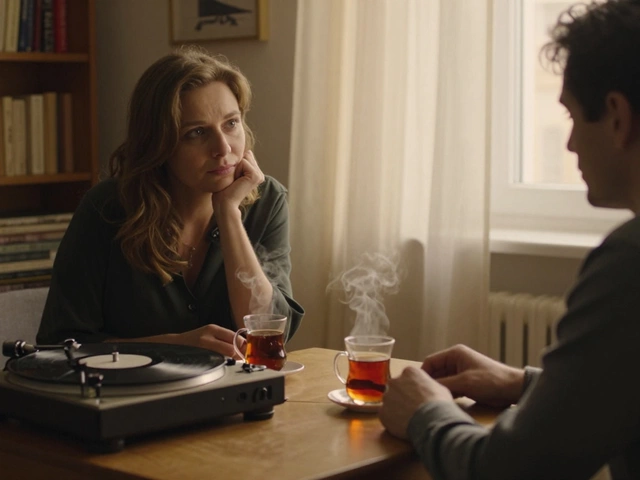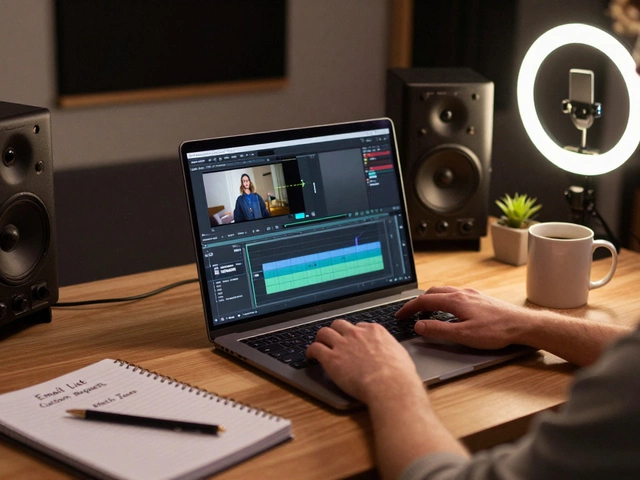Graphic Novels: The Easy Way to Love Great Stories
Ever wondered why graphic novels have gone from niche hobby to mainstream hype? The answer is simple: they combine pictures and words to make stories punchier than plain text. You get all the drama of a movie, the depth of a novel, and the instant visual payoff of a comic strip. No wonder they’re stealing the spotlight in libraries, schools, and even streaming services.
What Sets Graphic Novels Apart?
First off, the art does half the talking. A single panel can show a whole scene that would take a paragraph to describe. That means you spend less time reading and more time feeling the action. Second, the format lets creators experiment with layout, colour, and pacing. A sudden splash of red can signal danger, while a wide‑shot spread can make you feel the scale of a battle. Those visual cues keep you engaged without the mental fatigue of dense prose.
Another perk is variety. Graphic novels cover everything from superhero epics to quiet coming‑of‑age tales, sci‑fi to historical drama. Want a story about a teenage girl discovering her powers in a small town? There’s a graphic novel for that. Looking for a gritty noir set in 1950s Tokyo? You’ll find it too. The medium isn’t tied to a single genre, so every reader can find a slice that fits their taste.
How to Pick the Right Graphic Novel for You
If you’re new to the world of panels, start with a title that matches a hobby you already love. Love racing? Try "Bad Boy" by Tomonori Inoue, which mixes street racing with drama. Into fantasy? “Monstress” delivers rich world‑building and stunning art. For a quick, emotional read, grab “The Arrival” by Shaun Tan – it’s word‑light but heavy on feeling.
Check the art style before you buy. Some readers prefer the clean lines of classic superhero comics, while others gravitate toward the painterly textures of indie creators. Most online retailers let you scroll through a few sample pages, so you can see if the visual vibe clicks with you.
Don’t overlook awards and reviews. Winners of the Eisner or Harvey awards usually guarantee a high‑quality experience. Fan forums and subreddits also give honest, spoiler‑free opinions that can save you from a dud.
Once you’ve got a book, give it a proper setting. A comfy chair, good lighting, and a cup of coffee can turn a casual read into a mini‑escape. If you’re short on time, try reading a few pages during a commute – the visual nature makes it perfect for short bursts.
Finally, share what you love. Graphic novel clubs are popping up everywhere, and online groups let you discuss art, plot twists, and favourite characters. Talking about a story usually deepens your appreciation and introduces you to titles you’d never find on your own.
So, whether you’re a longtime comic fan or someone just looking for a fresh way to read, graphic novels have something to offer. They’re fast, visual, and often pack more emotion than a plain‑text novel. Grab a copy, flip the pages, and let the artwork pull you into a world you won’t want to leave.

Celebrate Juneteenth with Graphic Novels that Illuminate Black History
by Davion Strider / 21 Jun 2024Explore the powerful role of graphic novels in presenting anti-racist and Afrocentric perspectives on American history this Juneteenth. Key titles like 'Stamped from the Beginning,' 'Ms Davis,' 'The Black Panther Party,' and 'The Graphic History of Hip Hop' provide essential context and elevate African-American voices. These works counteract regressive narratives and honor the significance of Juneteenth.


